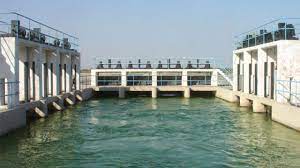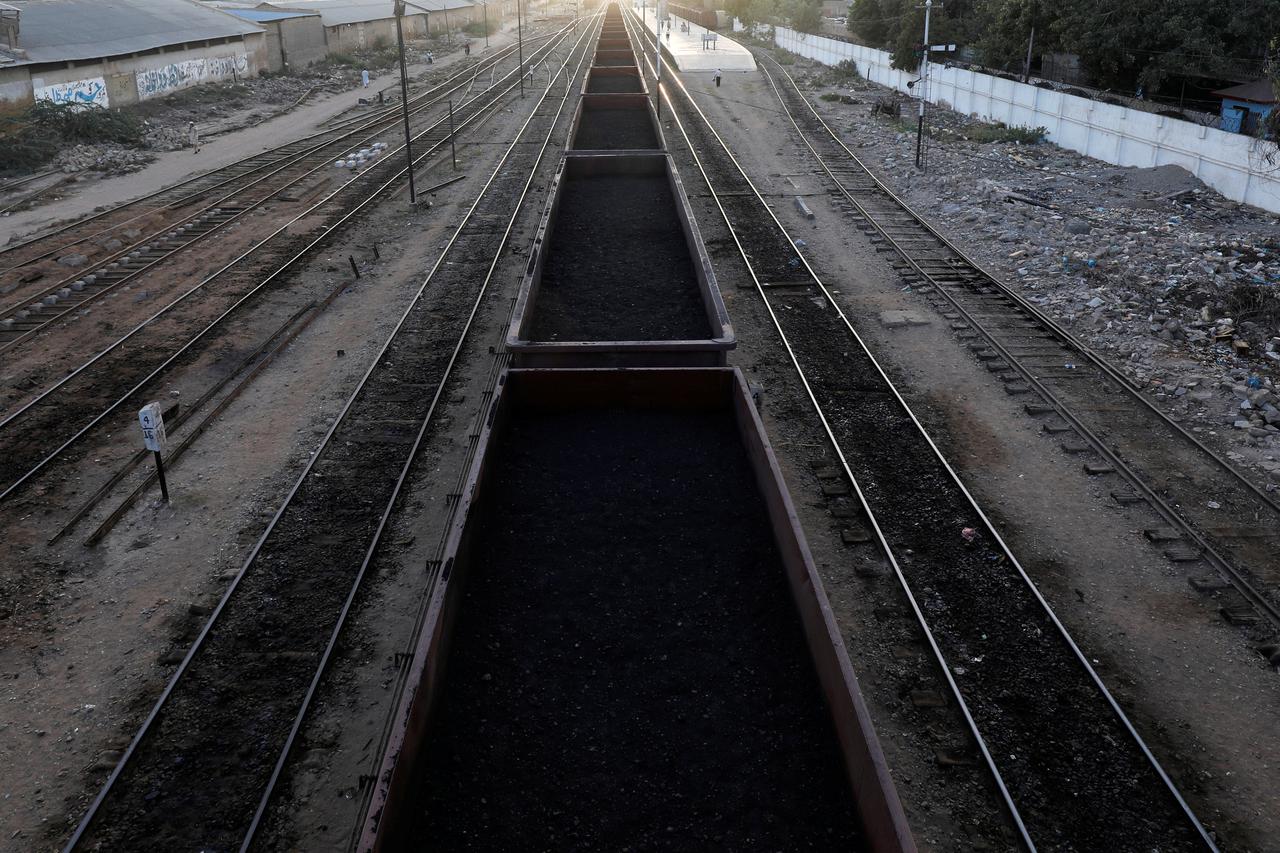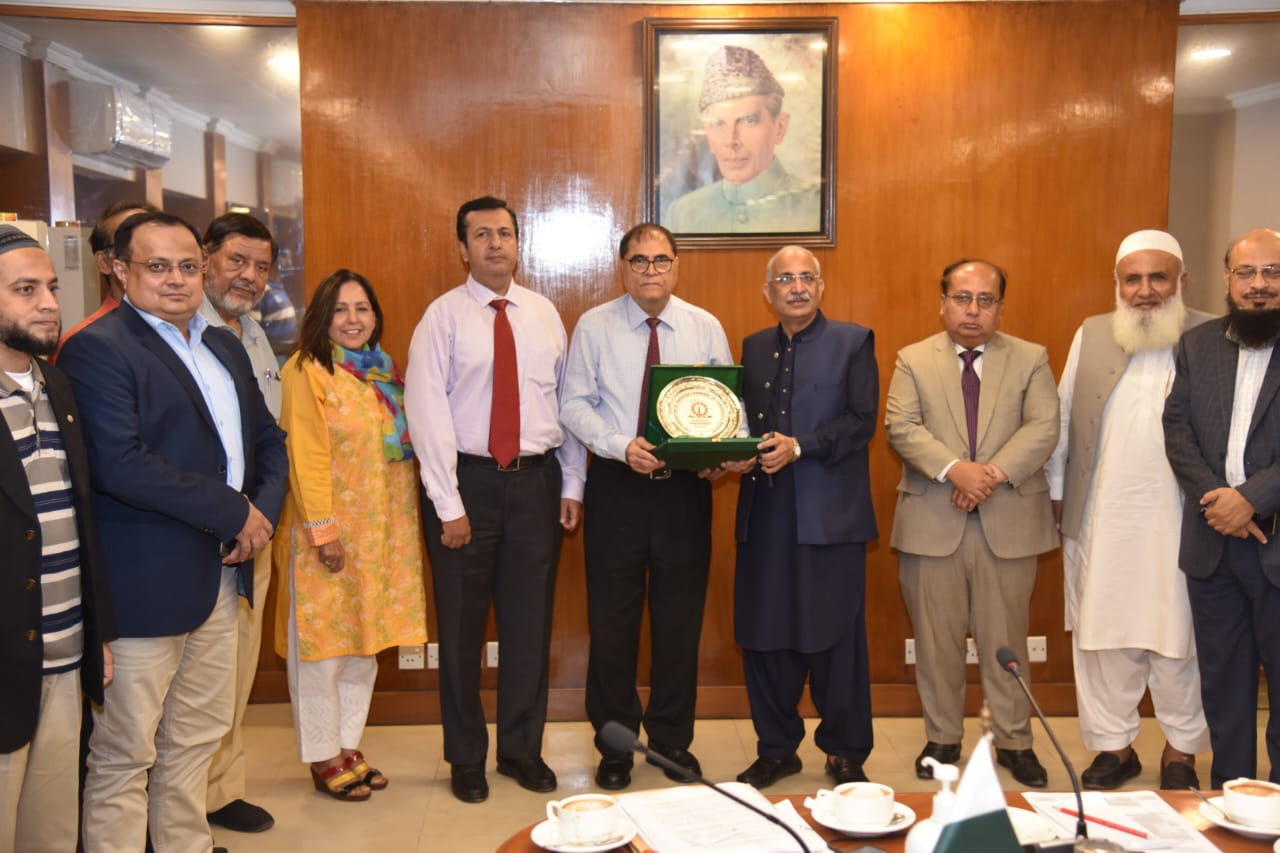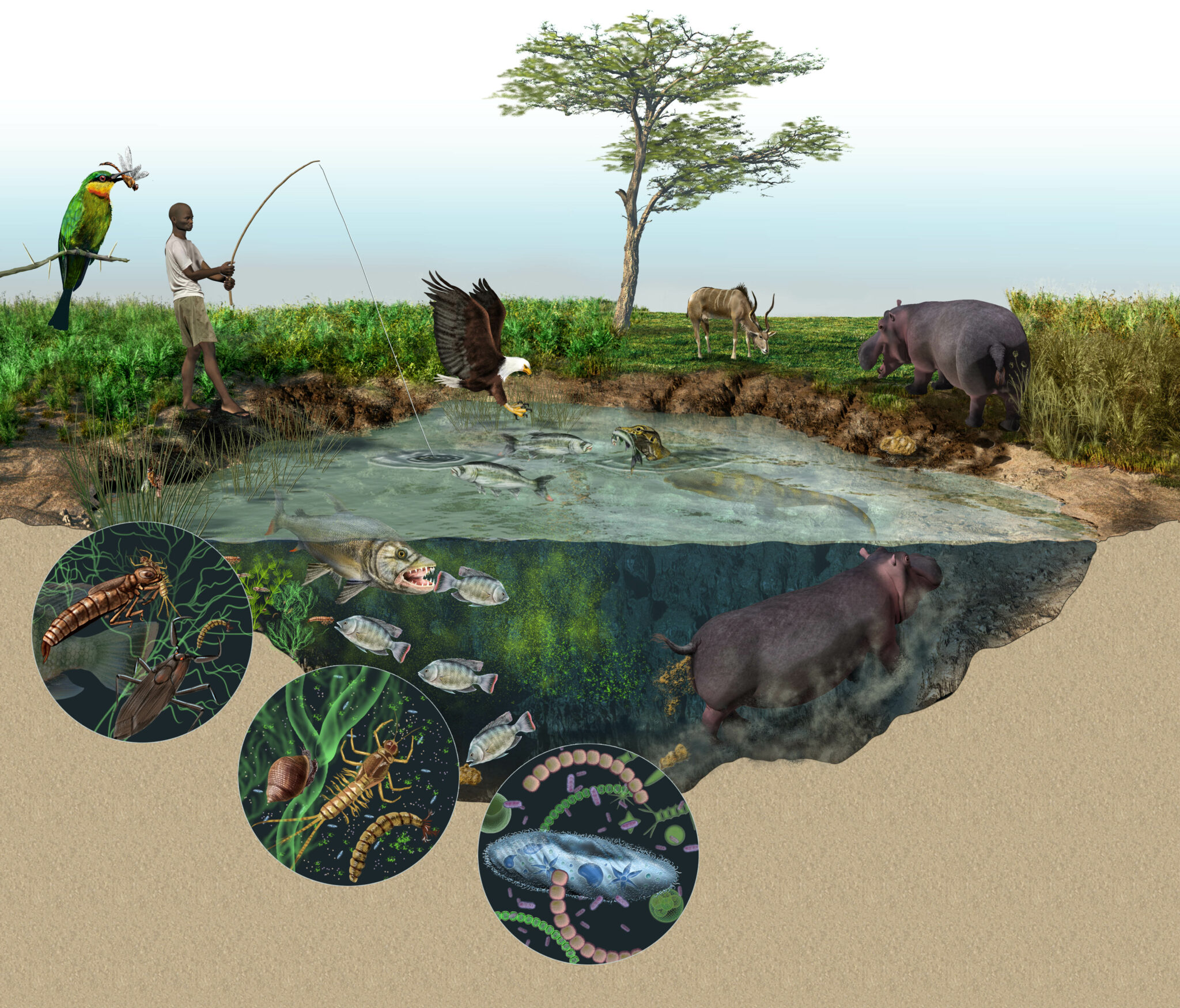CM directs vigorous operation against water theft
How 30 pc losses, theft, tankers make life difficult in Karachi
How to ensure that each and every area of Karachi gets water continues to be a headache for the Sindh government and it, yet again





